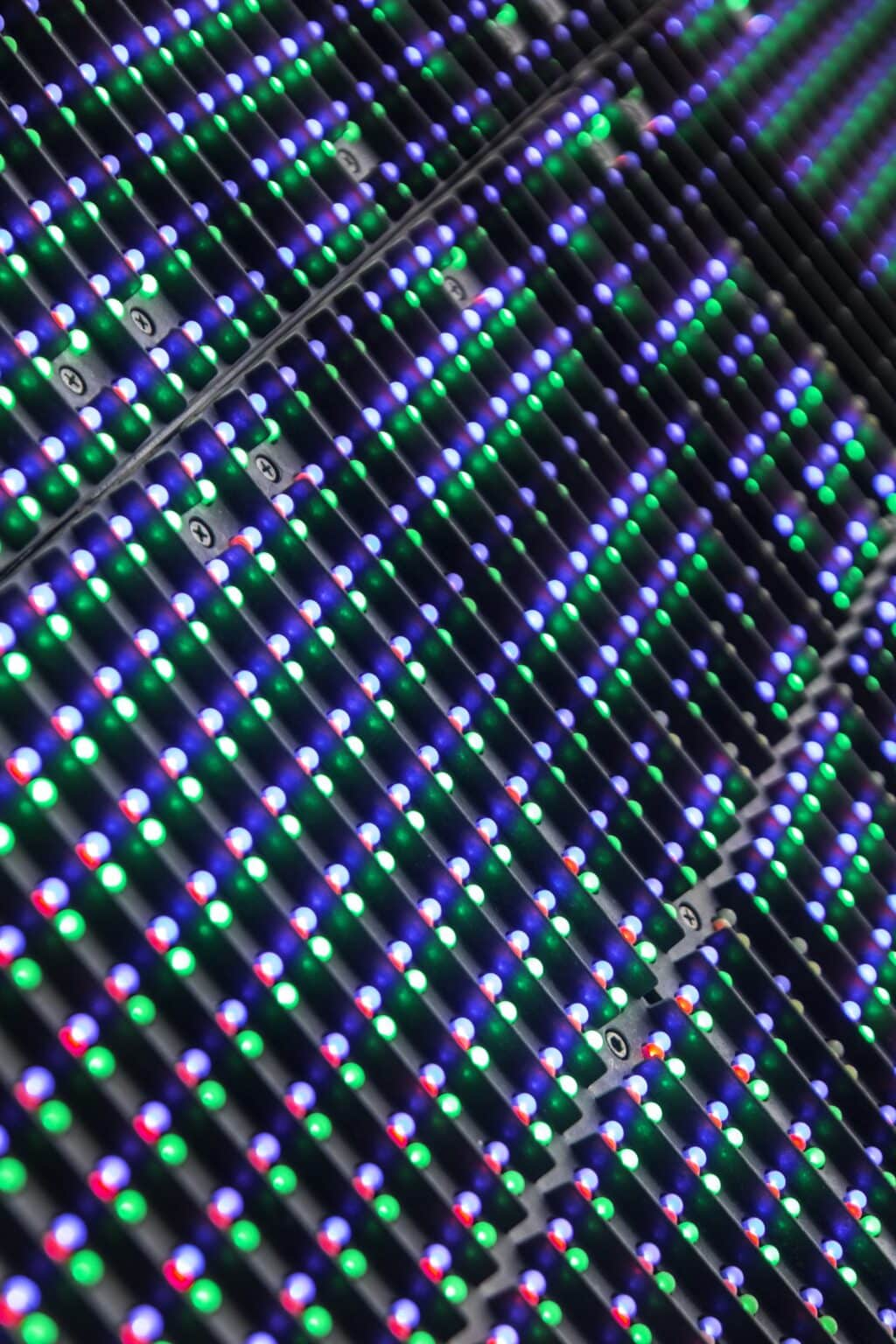Video walls can be used for many different purposes, from showcasing products in retail stores, to creating dynamic digital signage in airports and corporate buildings, and even entertaining audiences at stadiums and concert venues.
Whilst the first thing passersby will notice is the screen itself, the key to delivering high quality content is to ensure that you choose the right type of computer that’s capable of displaying the content for the desired duration and scale.
When it comes to video walls, embedded computers play a crucial role in ensuring a seamless and uninterrupted display of content, no matter what the environment.
IMAGE: UNSPLASH
These compact devices are designed to work hard behind the scenes to serve multiple displays simultaneously, making them the perfect fit for video wall configurations. But which embedded computers are best suited for this purpose?
When it comes to installing a video wall display, there are several important factors to consider when selecting an embedded computer. First, you’ll want to consider the power and performance requirements of the video wall.
An embedded computer needs to be able to handle the number of displays, image resolution and refresh rate. In addition, it’s important to consider the size of the embedded computer itself and if it can be installed within an enclosed space without impacting the device.
You should also take into account the operating temperature range and other environmental factors such as humidity, dust, or vibrations that may affect the computer’s performance. Finally, you should make sure the embedded computer is compatible with your current hardware and installation.
By taking the time to consider these factors, you can ensure that you select the right embedded computer for your video wall display.
In terms of size, embedded computers come in various sizes. The most common being half-size, full-size and board-level systems. Half-size embedded computers are suitable for smaller installations, while full-size computers provide increased storage and processing power.
Board-level systems are ideal for larger video walls and provide more robust graphics and increased performance.
The Aopen Digital Engine series, which boasts an ultra-compact design with a width set to 166 mm, is perfect for mounting behind individual display panels in a video wall setup.
In terms of display options, embedded computers can support multiple 4K screens in addition to multiple video streams, making them ideal for installations that require video playback or streaming capabilities.
This makes for a seamless visual experience across the entire wall and also provides for a more immersive viewing experience.
For applications requiring multiple 4K screens, high performance embedded computers like the Neousys Nuvo-2700DS will be needed as it can serve 4 screens at 4K at 60 frames per second easily.
If you’re using a video wall within a heavily populated commercial setting where it is likely to feel vibrations or the system may be exposed to the elements, you will definitely need an industrial or semi industrial embedded computer from a specialist supplier like Assured Systems who can configure most systems to your exact specification.
Embedded computers are an excellent choice for video wall displays and have come a long way since their introduction. Regardless of the type of display, embedded computers can be optimized for power efficiency, reliability, and performance.
For those needing higher performance, more storage capacity, or custom I/O requirements, then an industrial computer is definitely the way to go.
IMAGE: UNSPLASH
If you are interested in even more technology-related articles and information from us here at Bit Rebels, then we have a lot to choose from.


COMMENTS